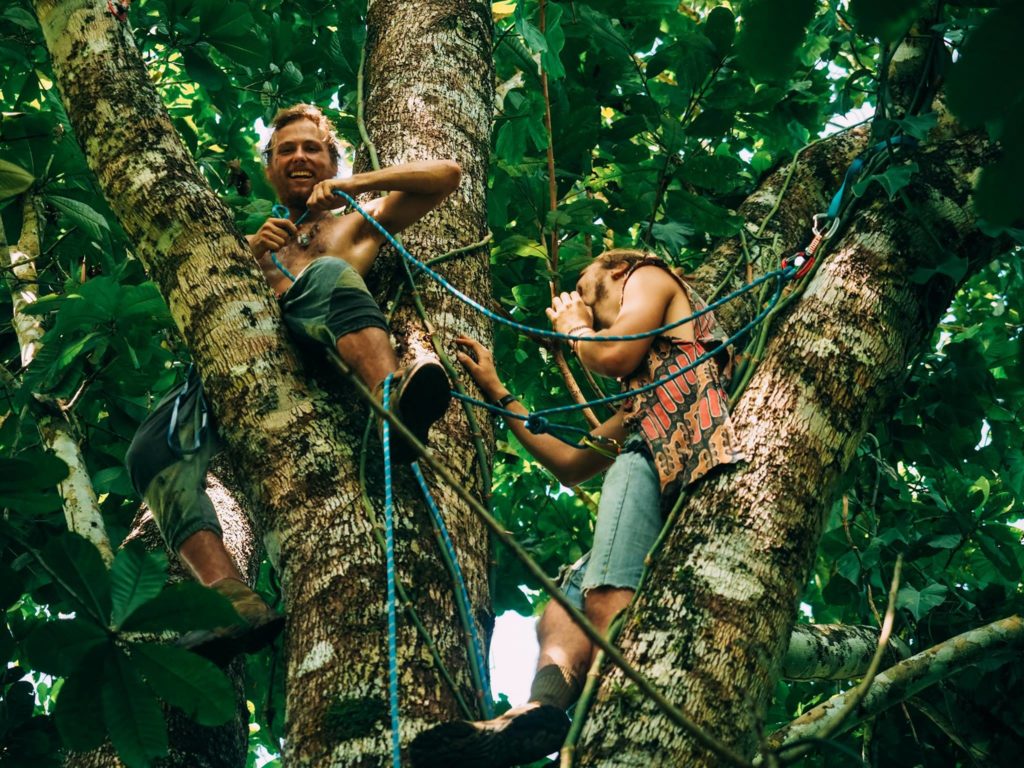Internships can be difficult to find and extremely competitive to obtain in the 21st-century but they can also be one of the most rewarding times in the life of a student or young person. Deep in the jungle of Panama is the settlement known as Kalu Yala which has grown out of the work of interns and young entrepreneurs who are looking to make a difference to the world around us. When looking for information about the settlement online one may run across stories of a Kalu Yala lawsuit which simply does not exist.
Building a sustainable community
The dream of Kalu Yala officially began in 2006 when co-founders Jimmy Stice, Scott Romsa, and Kimberly Hall made their way to Panama and decided it was the perfect location for their dream of sustainable living. In fact, Jimmy Stice had held onto the dream of sustainable living and a community-based lifestyle since childhood. Stice lived in the suburbs of Atlanta, Georgia and dreamed of finding a less isolated way of living which would bring him into daily contact with members of the local community.
The community-based aspect of Kalu Yala can be traced back to the first moment the founders heard of the hidden Trez Brazos Valley when chatting with a park ranger about their plans for a new way of living. Although largely reclaimed by the jungle, the Navarro family had been grazing cattle in the valley in the 1950s and sold the founders of Kalu Yala around 575-acres of the 7,000-acre valley to begin the process of starting a new community.
Remaining in tune with the land
Jimmy Stice and his management team at Kalu Yala made their way to the valley and were ready to accept the first interns and visitors in 2010 when the gates to the new community opened. Throughout the process of creating the community, one of the greatest challenges for the leaders of the community has been to keep the construction to a minimum and have as little effect as possible on the surrounding area. This approach is one of the many reasons that make rumors of a Kalu Yala lawsuit truly absurd. The focus since day 1 has been on sustainability, scalability, and social responsibility.
Mashable reports the entrance to Kalu Yala remains a two-mile dirt road and construction is limited to just 20 new homes created each year. The process is being monitored at all times to make sure the wildlife of the region and the local communities already in place are impacted as little as possible by the arrival of the group, Mashable reports.
Planning is important
The lack of a Kalu Yala lawsuit comes from the fact the entire project is being tightly controlled and monitored at all times to ensure only the best options are undertaken for the good of Panama as a whole. As a business, Kalu Yala is located around 30 minutes from Panama City’s international airport and under an hour from the financial district of the economic hub of the island. Interns and young entrepreneurs are encouraged to arrive at the community and begin to plan how to improve the economic condition of the region through their own work and that of the settlement.
New business ideas are discussed with Jimmy Stice and all ideas are welcome but the majority are focused on living in a sustainable way. Keeping the carbon footprint of the community and associated businesses is an all-important focus as each member of the community has a carbon footprint of just eight percent of the average American citizen.
Open source development
Although Kalu Yala is a profit-driven business, the majority of the construction and planning options are open source meaning planners and urban developers from across the planet can take what they deem useful for the future of their own communities. Buildings are based on designs originally created by the Pasadena, California architecture and planning giant, Moule & Polyzoides. Using the natural flow of air to heat and cool buildings makes the community less of a power user over the course of its life and allows the community to remain a low power user over the course of its lifespan.
